Shown in conjunction with a yellow flag to indicate that the virtual safety car is in use. During this time, the drivers are given minimum sector times that they must stay above. The car's time relative to this set time is measured at each marshalling post , and the difference is referred to as the car's "delta" time.
This delta time is reported to the driver, and must remain positive throughout the VSC period else the driver will be penalised.GreenNormal racing conditions apply. This is usually shown following a yellow flag to indicate that the hazard has been passed. A green flag is shown at all stations for the lap following the end of a full-course yellow .
A green flag is also shown at the start of a session.YellowIndicates a hazard on or near the track . Double waved yellows inform drivers that they must slow down as marshals are working on or near to the track and drivers should be prepared to stop.Yellow and red stripedSlippery track, due to oil, water, or loose debris. Can be seen 'rocked' from side to side to indicate a small animal on track.BlueA blue flag indicates that the driver in front must let faster cars behind them pass because they are being lapped.
If the flag is missed 3 times, the driver could be penalised.WhiteIndicates that there is a slow car ahead. Often waved at the end of the pit lane when a car is about to leave the pits.Black and orange circleCar is damaged or has a mechanical problem, must return to the pit lane immediately. Will be accompanied by driver's numberHalf black half whiteWarns a driver for poor sportsmanship or dangerous behaviour. The main changes have revolved around what is allowed at pit stops. In the early days of Grand Prix racing, a driver would be allowed to continue a race in their teammate's car should theirs develop a problem – in the modern era, cars are so carefully fitted to drivers that this has become impossible.
In recent years, the emphasis has been on changing refuelling and tyre change regulations. Since the 2010 season, refuelling – which was reintroduced in 1994 – has not been allowed, to encourage less tactical racing following safety concerns. The rule requiring both compounds of tyre to be used during the race was introduced in 2007, again to encourage racing on the track.
The safety car is another relatively recent innovation that reduced the need to deploy the red flag, allowing races to be completed on time for a growing international live television audience. The racing drivers who participate in the Formula one races, also known as F1 races are called F1 drivers. F1, officially referred to as the FIA Formula One World Championship, is a single seat auto racing governed by the Federation Internationale de l'Automobile . The 'formula' refers to a set of rules that must be followed by all the participants. F1 drivers participate in a series of races called the Grands Prix that are held all over the world on public roads or race circuits built specifically for this purpose.
The F1 races constitute the highest class of auto racing and the F1 cars race at speeds of up to 350 km/h. These cars are the fastest multi-turn circuit-racing cars in the world. Drivers with several years of experience in other competitive racing events and the highest level of driving skills are the ones who ultimately get selected for F1 championships. F1 drivers also need to be risk-takers as the risk of automobile malfunction or accidents is ever present.
This section provides you information about the life and works of various famous F1 drivers from all over the world. On the track, the McLaren and Williams teams dominated the 1980s and 1990s, with Brabham also being competitive during the early part of the 1980s, winning two Drivers' Championships with Nelson Piquet. The rivalry between racers Ayrton Senna and Alain Prost became F1's central focus during 1988 and continued until Prost retired at the end of 1993. Senna died at the 1994 San Marino Grand Prix after crashing into a wall on the exit of the notorious curve Tamburello.
The FIA worked to improve the sport's safety standards since that weekend, during which Roland Ratzenberger also lost his life in an accident during Saturday qualifying. Since 1994, three track marshals have lost their lives, one at the 2000 Italian Grand Prix, the second at the 2001 Australian Grand Prix and the third at the 2013 Canadian Grand Prix. Formula One, abbreviated to F1, is the highest class of open-wheeled auto racing defined by the Fédération Internationale de l'Automobile , motorsport's world governing body. The "formula" in the name refers to a set of rules to which all participants and cars must conform.
It consists of a series of races, known as Grands Prix, held usually on purpose-built circuits, and in a few cases on closed city streets. Drivers are awarded points based on their finishing position in each race, and the driver who accumulates the most points over each championship is crowned that year's World Drivers' Champion. As of the 2021 Abu Dhabi Grand Prix, there have been 770 Formula One drivers from 40 different nationalities who have raced at least one of the 1,057 FIA World Championship races since the first such event, the 1950 British Grand Prix. Known as "knock-out" qualifying, it is split into three periods, known as Q1, Q2, and Q3. After each period, all times are reset, and only a driver's fastest lap in that period counts.
Any timed lap started before the end of that period may be completed, and will count toward that driver's placement. The number of cars eliminated in each period is dependent on the total number of cars entered into the championship. Currently, with 20 cars, Q1 runs for 18 minutes, and eliminates the slowest five drivers.
During this period, any driver whose best lap takes longer than 107% of the fastest time in Q1 will not be allowed to start the race without permission from the stewards. Otherwise, all drivers proceed to the race albeit in the worst starting positions. In Q2, the 15 remaining drivers have 15 minutes to set one of the ten fastest times and proceed to the next period. Finally, Q3 lasts 12 minutes and sees the remaining ten drivers decide the first ten grid positions.
At the beginning of the 2016 Formula 1 season, the FIA introduced a new qualifying format, whereby drivers were knocked out every 90 seconds after a certain amount of time had passed in each session. The aim was to mix up grid positions for the race, but due to unpopularity the FIA reverted to the above qualifying format for the Chinese GP, after running the format for only two races. The coolest character on the grid has always been Räikkönen's title, but he did also win the 2007 world drivers' championship by a single point over Hamilton and Alonso in one of the closest seasons of racing in Formula 1's history.
Although he hasn't tasted title success since, he remains an F1 driver with Alfa Romeo and with a career stretching across 335 races – the most of any Formula 1 driver. Kimi has won 21 grands prix in his career, the last coming in the 2019 Italian Grand Prix during his final season at Ferrari. Vettel's F1 career started in 2007 and, in his first three years, he took nine podiums and five wins, though this was nothing on what was to come. Over the next four years he became the face of F1, winning four consecutive championships and becoming the youngest world champion in the process . This period featured teams managed by road-car manufacturers Alfa Romeo, Ferrari, Mercedes-Benz, and Maserati. They were front-engined, with narrow tyres and 1.5-litre supercharged or 4.5-litre naturally aspirated engines.
The 1952 and 1953 World Championships were run to Formula Two regulations, for smaller, less powerful cars, due to concerns over the lack of Formula One cars available. When a new Formula One formula for engines limited to 2.5 litres was reinstated to the world championship for 1954, Mercedes-Benz introduced the advanced W196. This featured innovations such as desmodromic valves and fuel injection, as well as enclosed streamlined bodywork.
Mercedes drivers won the championship for two years, before the team withdrew from all motorsport in the wake of the 1955 Le Mans disaster. He made Mansell an offer he couldn't refuse, and boy was he glad he didn't. The 1992 seasons saw Mansell make the most scintillating starts to a campaign, with five straight victories in a row.
He won three of the next five races, and dominated winning the championship by a huge margin over teammate Ricardo Patrese. He set his sights on America the following year, joining the IndyCar series, and won the championship. A wide variety of technologies – including active suspension and ground effect aerodynamics – are banned under the current regulations. Despite this the current generation of cars can reach speeds in excess of 350 km/h at some circuits.
The highest straight line speed recorded during a Grand Prix was 372.6 km/h (231.5 mph), set by Juan Pablo Montoya during the 2005 Italian Grand Prix. A BAR-Honda Formula One car, running with minimum downforce on a runway in the Mojave Desert achieved a top speed of 415 km/h in 2006. According to Honda, the car fully met the FIA Formula One regulations. Downforce of 2.5 times the car's weight can be achieved at full speed.
The downforce means that the cars can achieve a lateral force with a magnitude of up to 3.5 times that of the force of gravity (3.5g) in cornering. Consequently, the driver's head is pulled sideways with a force equivalent to the weight of 20 kg in corners. Such high lateral forces are enough to make breathing difficult and the drivers need supreme concentration and fitness to maintain their focus for the one to two hours that it takes to complete the race. A high-performance road car like the Enzo Ferrari only achieves around 1g. During this period, the championship rules were changed frequently by the FIA with the intention of improving the on-track action and cutting costs.
Other changes included the qualifying format, the points scoring system, the technical regulations, and rules specifying how long engines and tyres must last. Bridgestone then went on to sign a contract on 20 December 2007 that officially made them the exclusive tyre supplier for the next three seasons. Not all of the world's great sporting stars are as extrovert as they might appear – or as we might want them to be. Jim Clark was one of the most unassuming men ever to sit in an F1 cockpit, but also arguably the most singularly gifted driver of all time.
World champion John Surtees drove for the team in 1967 and scored a memorable victory at the Italian Grand Prix - winning with the new RA300 in its first race. The team withdrew from motor racing after the 1968 season, to concentrate their energies on developing new road cars, having cemented the Honda name in the motorsport hall of fame. Surtees, born in London in 1934, won the 1964 world title for Ferrari, but he only finished in the top three one other time in his F1 career. Before his F1 career, Surtees was also a motorcycle racer, and he is still the only man to win world championships in both motorsport disciplines.
As of 2019, each team may have no more than two cars available for use at any time. Each driver may use no more than four engines during a championship season unless they drive for more than one team. If more engines are used, they drop ten places on the starting grid of the event at which an additional engine is used. The only exception is where the engine is provided by a manufacturer or supplier taking part in its first championship season, in which case up to five may be used by a driver. Every team in Formula One must run two cars in every session in a Grand Prix weekend, and every team may use up to four drivers in a season. A team may also run two additional drivers in Free Practice sessions, which are often used to test potential new drivers for a career as a Formula One driver or gain experienced drivers to evaluate the car.
Most drivers are contracted for at least the duration of a season, with driver changes taking place in-between seasons, in comparison to early years where drivers often competed at an ad hoc basis from race to race. Drivers may also be issued a Super Licence by the World Motor Sport Council if they fail to meet the criteria. Although most drivers earn their seat on ability, commercial considerations also come into play with teams having to satisfy sponsors and financial demands. If less than 75% of the race laps are completed by the winner, then only half of the points listed in the table are awarded to the drivers and constructors. This has happened on only five occasions in the history of the championship, and it had a notable influence on the final standing of the 1984 season.
The last occurrence was at the 2021 Belgian Grand Prix when the race was called off after just 3 laps behind a safety car due to torrential rain. Although the UK's Stirling Moss was able to compete regularly, he was never able to win the world championship and has been described by The Independent as "The greatest driver to never win the world championship". In a seven-year span between 1955 and 1961, Moss finished as championship runner-up four times and in third place the other three times. Fangio, however, achieved the record of winning 24 of the 52 races he entered - a record that holds to this day. National championships existed in South Africa and the UK in the 1960s and 1970s. Non-championship Formula One events were held by promoters for many years, but due to the increasing cost of competition, the last of these occurred in 1983.
The Alonsos, Vettels, and Hamiltons of the world also enjoy hefty bonuses from their teams for scoring race wins, pole positions, fastest laps, and winning world championships. Clark set 33 pole positions and won 25 of the 72 GP starts he made, and can claim numerous records to this day – in 1963, for example, he led 71 per cent of all laps raced that season. As well as his versatility, Clark was revered for his incredible silkiness behind the wheel, and his extraordinary mechanical sympathy. "Jim Clark was everything I aspired to be, as a racing driver and as a man," his great friend Sir Jackie Stewart said.
The first, in his 1989 championship season, was with co-owners Pat Patrick and Chip Ganassi. Fittipaldi was positioned to win a third "500," in '94, before crashing on Lap 184 while trying to lap the second-place car driven by teammate Al Unser Jr. Fittipaldi had led 145 laps in that race and another 128 as the pole sitter in 1990 when he finished third. That is, it takes many years of practice & competing at amateur levels before being picked up by a pro team. Like other sports, the athlete will need to be able fund his career until making the transition to pro, and there are many drivers seeking pro drives with top teams. First step after taking a racing school is to compete in lower level formula car racing series.
We can provide our graduates with options and introductions to pursue racing at amateur levels upon request. He won the 24 Hours of Le Mans in 1955 and the F1 championship in 1958, despite winning only one race that season. In his career, he won just three grands prix, though he scored 15 other podium finishes. Unfortunately for Vettel the regulation changes in 2014 didn't suit Red Bull , and the team quickly fell back through the pack. He went from nine consecutive wins in the final nine races of the 2013 season to not winning a single race until 2015, and since that 2013 season he's 'only' taken 14 wins. Despite that he's still widely regarded as one of the best drivers on the grid, and his list of records is likely to stand for many more seasons.
He began go-karting at aged 14, when he discovered the sport during a family holiday. His F1 career started at McLaren in 1980 with a disappointing campaign, but it kicked into life when he signed for Renault. He took his first few wins in 1981, and finished 4th in the drivers' championship in 1982. But his career took a huge step in 1983, when he pushed Brabham's Nelson Piquet all the way and finished within two points of the title win. And that's exactly what he did in 1975, with his first world championship. With an incredible Ferrari 312, he took the title with an impressive five wins.
Lauda had another incredible start to the season with six wins and nine podiums in 10 races. But during the German Grand Prix, Lauda suffered life-threatening injuries that looked almost certain to end his life, let alone his racing career. In the earlier history of Formula One, many races took place outside the World Championship, and local championships run to Formula One regulations also occurred. These events often took place on circuits that were not always suitable for the World Championship, and featured local cars and drivers as well as those competing in the championship. American open-wheel car racing has also contributed to the Formula One grid.
CART champions Mario Andretti and Jacques Villeneuve became F1 World Champions, while Juan Pablo Montoya won seven races in F1. Other CART champions, like Michael Andretti and Alessandro Zanardi won no races in F1. Other drivers have taken different paths to F1; Damon Hill raced motorbikes, and Michael Schumacher raced in sports cars, albeit after climbing through the junior single-seater ranks. Former F1 driver Paul di Resta raced in DTM until he was signed with Force India in 2011.
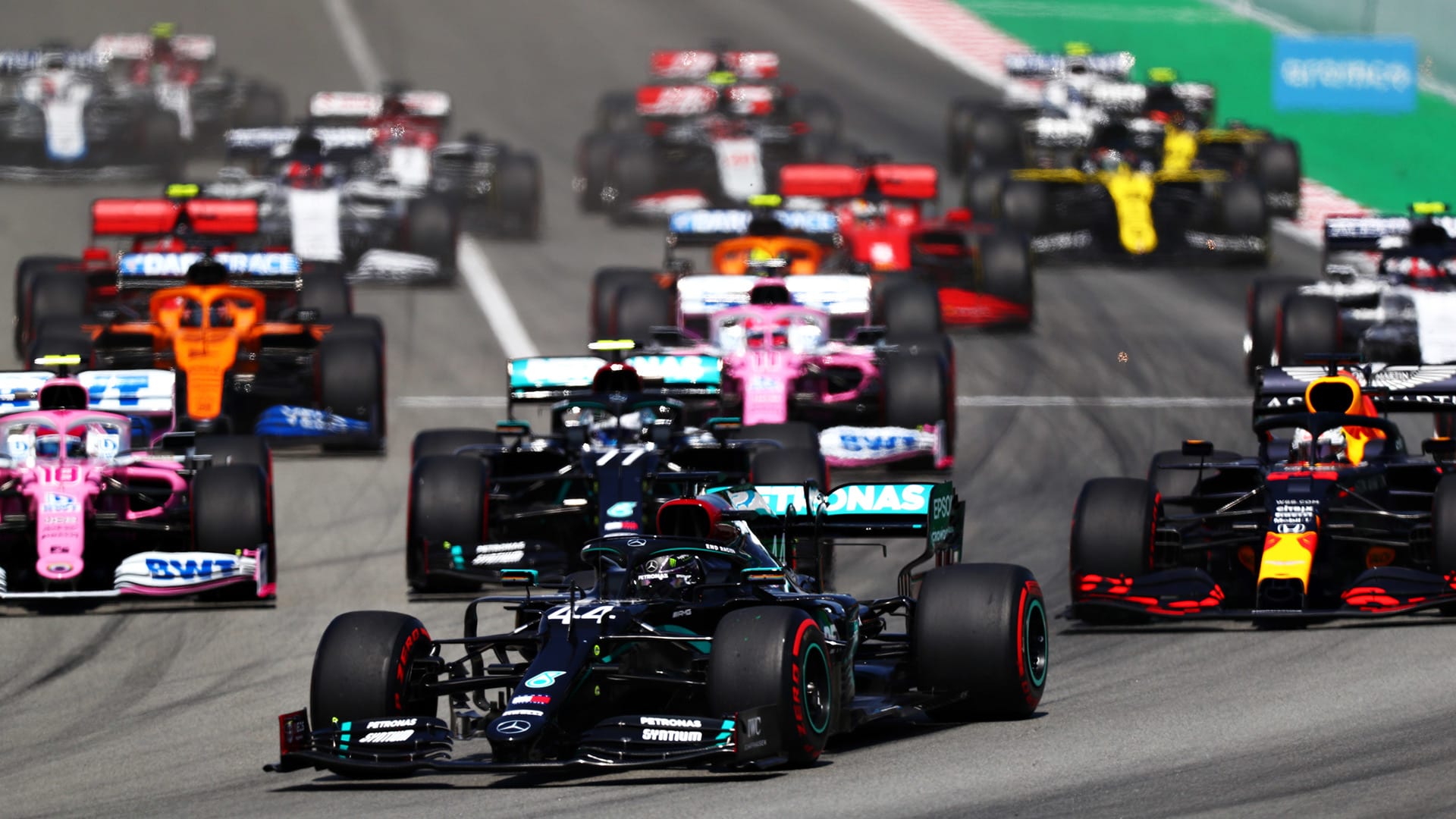




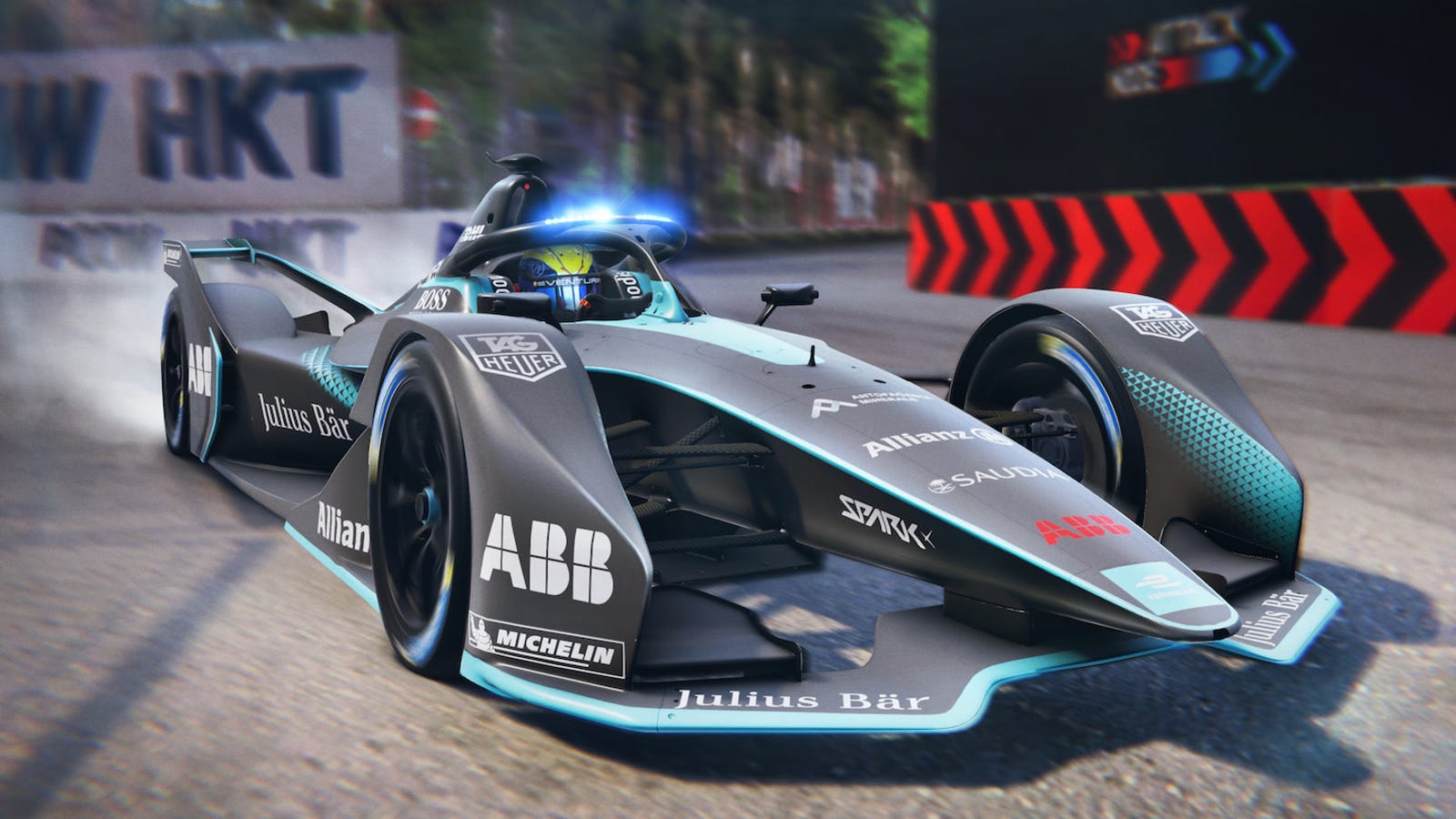

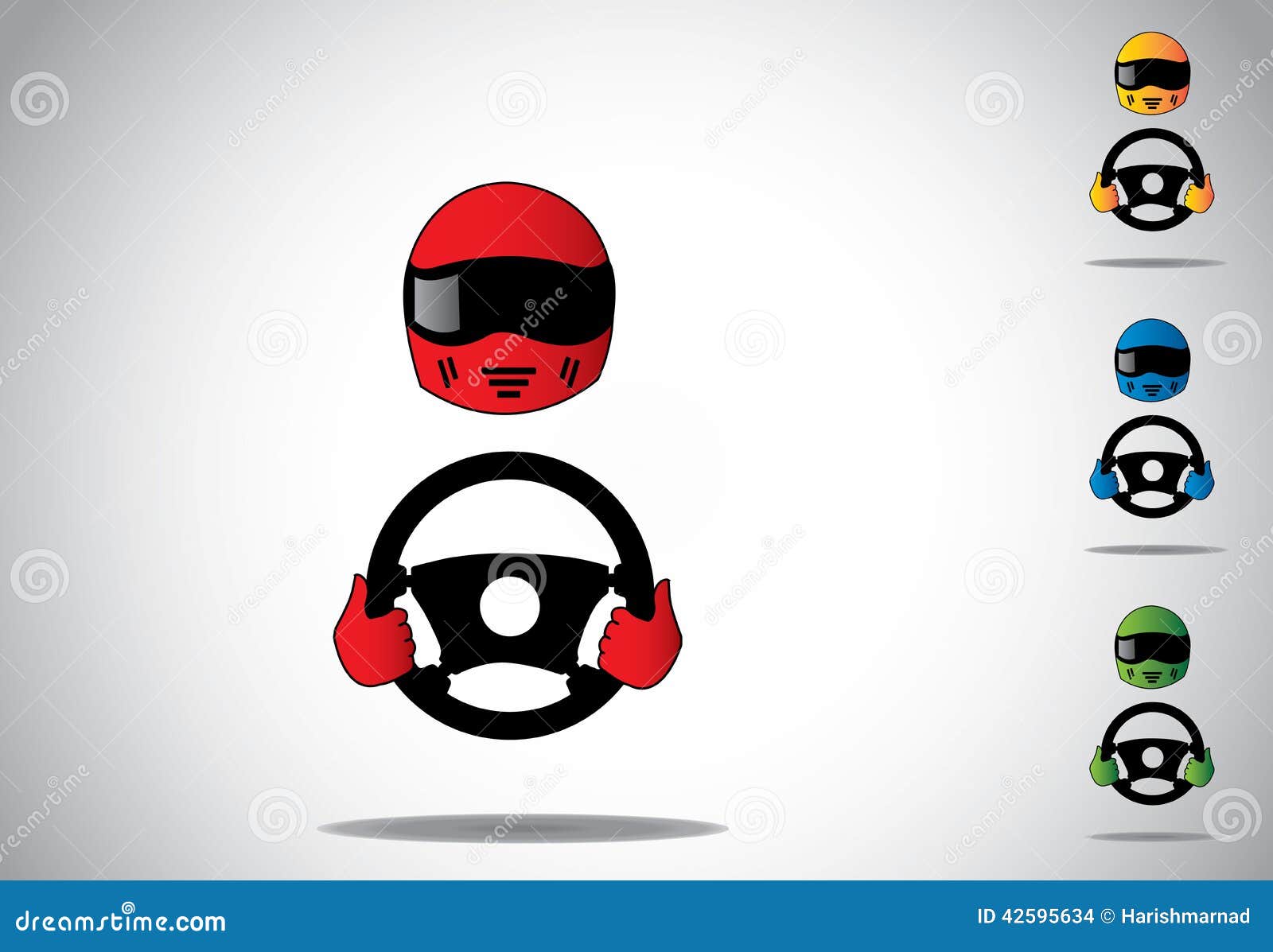












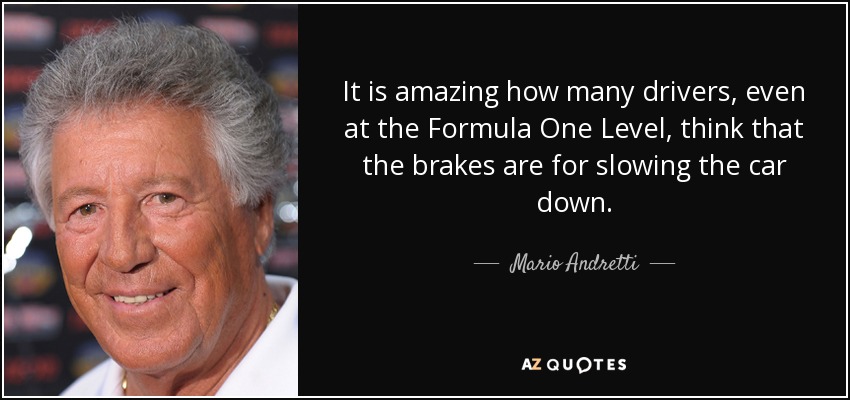
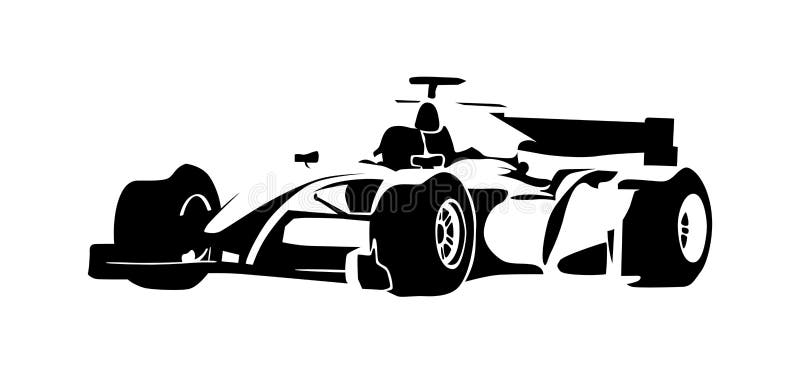




No comments:
Post a Comment
Note: Only a member of this blog may post a comment.